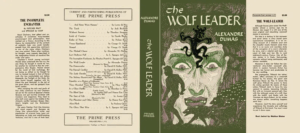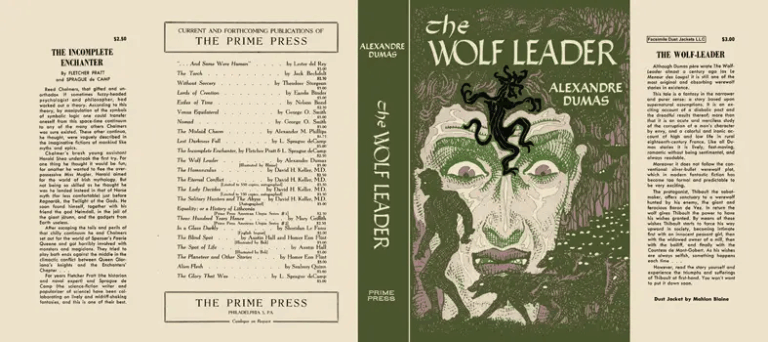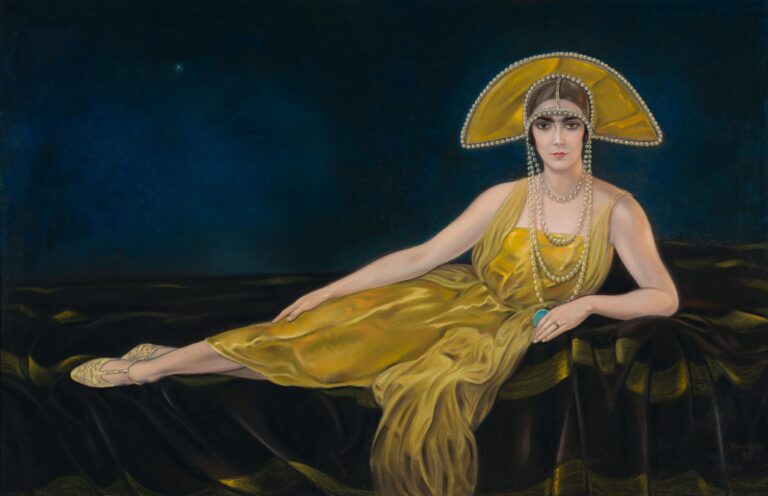Aside from the running shoe I talked about yesterday, the Triennale also offers a nice collaboration between Ruffino, a renowned Italian winery established in 1877 in Pontassieve, near Florence, and a group of designers.
ORObyRUFFINO is their walk-through exhibition launched in 2024 and continuing into 2025, and celebrating the intersection of fine wine, Italian design, and art, drawing inspiration from Ruffino’s iconic Riserva Ducale Oro, a selection of Chianti Classico.
In 2024, the exhibition was held at the Dazi di Levante and Dazi di Ponente in Piazza Sempione. Six international artists—Filippo Carandini, Rachel Lee Hovnanian, Chiara Lorenzetti, Ettore Marinelli, Tristano di Robilant, and Officine Saffi Lab—were invited to interpret the concept of gold, symbolizing transformation and renewal. Their works were displayed in a circular space, creating a dialogue between the pieces and offering visitors a multisensory experience that connected wine, art, and design.
The 2025 edition, picking up the main theme and titled “The Art of Connection,” is taking place at Triennale Milano. Curated by Marco Sammicheli, Director of the Museum of Italian Design downstairs, the exhibition featured five creative studios: Agustina Bottoni, Beatrice Dettori, Studio Martinelli Venezia, Millim Studio, and Uroš Mihić. Each artist explored themes of connection and conviviality through their unique interpretations, transforming the concept of togetherness into tangible art forms.
Among the Featured Artworks, my favourites have to be Grappolo by Agustina Bottoni, a cluster of blown glass reimagines the candelabrum as a symbol of warmth and conviviality, and Simposio by Studio Martinelli Venezia, where ancient rituals met everyday gestures in brass vessels that echo the Greek symposium.
The exhibition ends with the grand set-up of a banquet, where artists dressed up the bottles with different sculptures, all strictly in gold.
After the exhibition, the artworks will become part of Ruffino’s permanent collection at Tenuta Poggio Casciano, near Florence, further solidifying the winery’s commitment to blending art, design, and enology.












No Comments